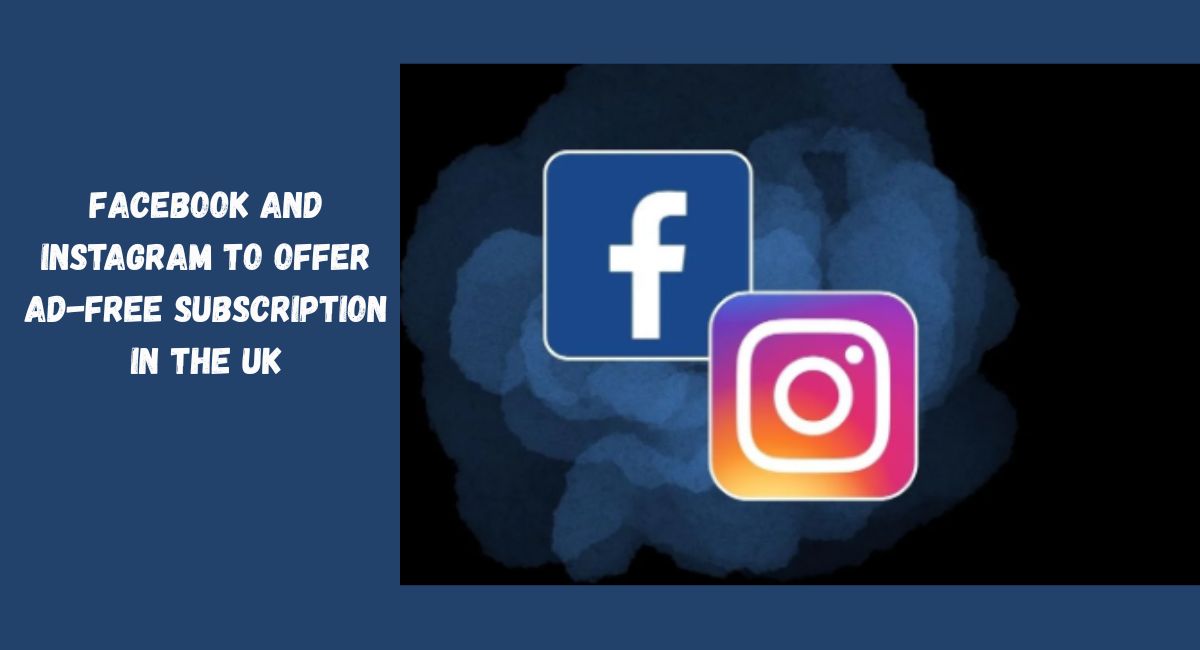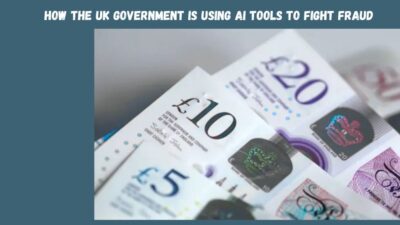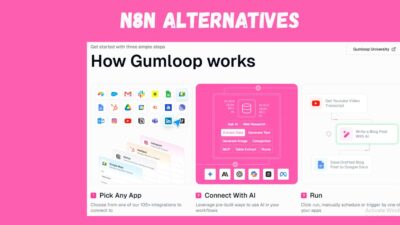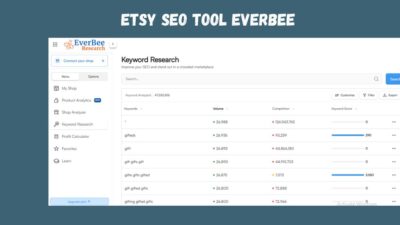Meta has confirmed Facebook and Instagram to Offer Ad-Free Subscription in the UK, and this decision has sparked global attention. While UK users are the first to see the rollout, people in the United States are watching closely because this could soon shape their own social media experience. By creating an option to pay for fewer interruptions, Meta is introducing a new era of choice, but it also raises questions about privacy, cost, and the future of digital platforms.
The Meta subscription model UK is being closely studied by experts because it reflects a shift from the long-standing free, ad-supported internet. American readers should care because many regulatory issues happening in Europe and the UK eventually influence US policies. This change could be the first step toward altering how you use Facebook and Instagram in your own country.
What Is the New Subscription Plan?
The new plan is simple: users can pay a small monthly fee to remove adverts. This UK ad-free social media subscription means people will enjoy scrolling without interruptions while still having access to all platform features. According to reports, Meta will begin notifying users soon, allowing them to choose whether they want the ad-free experience or stick with free access. Many are asking, “What is Meta’s £2.99 subscription in the UK?”, and the answer is that it offers freedom from advertising while retaining full access to both platforms.
For a US audience, this change looks very similar to what YouTube already offers through its Premium service. The news publishers subscription model in the UK has also followed a similar “pay or accept ads” trend. If this model succeeds, it could become the global standard. Americans wondering “How to remove ads from Facebook and Instagram UK” can see this plan as a test that may later arrive in the United States.
Why Meta Introduced Ad-Free Subscriptions in the UK?
Many people are asking, “Why is Meta charging for ad-free subscriptions in the UK?” The answer lies in strict UK data privacy rules and EU regulations. Meta wants to give users a clear choice: either accept personalized advertising or pay for a subscription. This setup is called the consent or pay model, which is becoming popular across Europe. The Information Commissioner’s Office (ICO) guidelines played a major role in shaping this plan because regulators wanted stronger protection for users’ personal data.
This system isn’t only about compliance; it is also about growth. By calling the UK environment “pro-growth,” Meta highlights that Britain offers more flexible digital advertising regulations UK compared to the European Union. The company has openly criticized the EU for creating stricter policies, while praising the UK for encouraging innovation. That is why Meta ICO ruling on advertising is seen as a landmark moment.
What Happens If You Don’t Subscribe?
Some users wonder, “What happens if I don’t pay Meta subscription?” The answer is straightforward. If you don’t subscribe, you will continue using the platforms for free but must accept personalized ads. There is no option to see “less personalized” ads in Britain, unlike in the EU. The personalised advertising ban UK never fully applied, so users here face only two clear choices: pay or accept tracking.
For Americans, this signals an important lesson. If this model reaches the United States, you may face the same decision: either pay for privacy or stick with targeted ads. The debate connects strongly with Targeted advertising rights UK law, which has already influenced court cases such as the targeted advertising lawsuit UK brought by a user against Meta.
How Much Will the Subscription Cost?
The cost is modest compared to streaming platforms. On the web, the fee is Meta £2.99 monthly subscription, while on mobile devices the price rises to £3.99. The difference is due to the Apple and Google app store commission taken on all in-app purchases. This is why the Meta subscription iOS vs Android pricing matters, since US users will also face similar costs if the plan expands.
To make this clear for American readers, here is a table showing the current UK subscription costs compared to US equivalents.
| Service | UK Price | Approx USD | Notes |
| Meta (Web) | £2.99 | $3.60 | Ad-free Facebook & Instagram |
| Meta (iOS/Android) | £3.99 | $4.80 | Includes app store fees |
| YouTube Premium | £11.99 | $14.50 | Ad-free + Music |
| Netflix Basic | £7.99 | $9.70 | Streaming only |
This shows that Meta is keeping its price low. Many readers ask, “Is Facebook free without ads in the UK?” The answer is no; the free version still exists, but it comes with advertising.
Impact on Users and Businesses
The impact will be felt by both users and businesses. On one side, users finally have the freedom to choose whether they want ads or not. On the other side, small companies depending on digital ads may see their reach shrink. This is why the impact of no ads subscription on businesses has become a major discussion. While larger brands may adjust, smaller shops may find it harder to connect with new audiences.
From a global perspective, this also affects Americans. If ad-free plans reduce advertising reach, businesses in the United States will be forced to rethink strategies. The shift may change the balance between free access vs paid internet, altering how companies measure success online. This also ties back to data protection and advertising law UK, which has already forced businesses to adapt their marketing tactics.
Is This the Future of Social Media?
For many experts, the launch of Facebook and Instagram no ads UK is not just a local event but a preview of global change. People want privacy, regulators want control, and platforms want revenue. The balance between these forces will determine whether this becomes the standard model worldwide. This is why the future of ad-free social media in the UK is such an important subject for global audiences.
The key question for American readers is whether this experiment will soon arrive on US shores. The Meta ad-free subscription price UK vs EU shows a difference in approach, but the long-term plan could involve the United States. Already, privacy debates are growing louder in Washington, and Meta may test the waters there once it proves successful in Britain.
Should USA Users Expect an Ad-Free Meta Soon?
It is natural to ask, “UK digital platforms ad-free options” are here, so when will America see the same? While Meta hasn’t confirmed anything yet, experts believe it’s only a matter of time. If British users adapt well to the Meta subscription model UK, then Americans may soon face the same decision between paying for privacy or staying with ads.
Conclusion
In conclusion, the launch of Facebook and Instagram to Offer Ad-Free Subscription in the UK is more than a local experiment. It represents a turning point in digital history, where people now have to choose between their data and their money. With the consent or pay subscription meaning becoming reality in Europe, it’s likely that American users will face the same model in the future. The ICO response to Meta subscription model proves that regulators are shaping how technology giants behave. The final question is no longer “Why is Meta charging for ad-free subscriptions in the UK?”, but rather when will this choice reach the United States.




